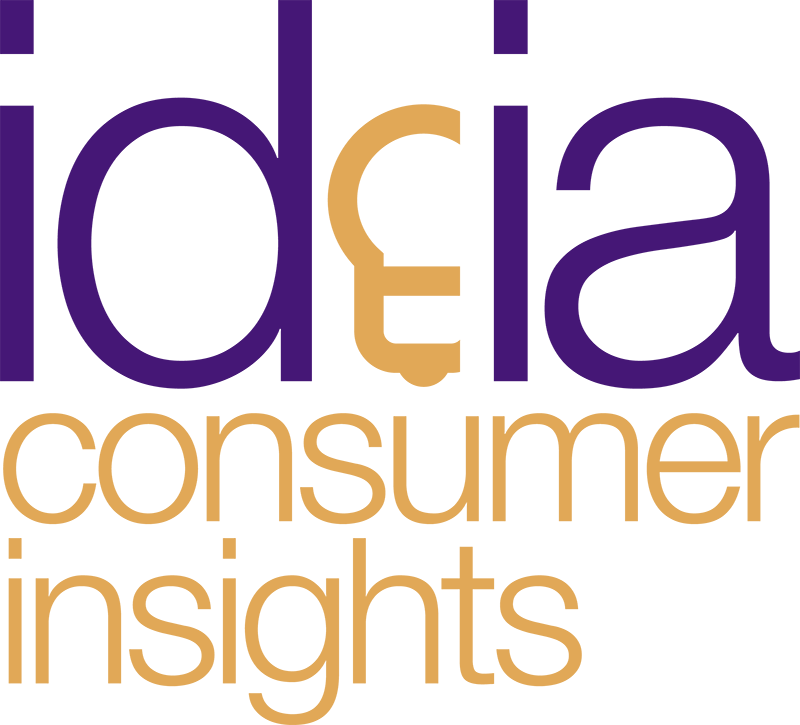In addition, if you want face-to-face contact with your banker, then the teller window withdrawal option is the right idea. As it is a common sight, whenever you notice, find some few following steps which might be helpful. It’s important to note that different jurisdictions may use different terms when describing a DDA debit authorization. For example, in the United States, a DDA authorization is often called a direct debit mandate or an ACH authorization. The biggest problem with CDs is that you can’t get your money out of them for a set amount of time. This makes it hard to get money if you need it for something unexpected because you can’t get it unless you pay a penalty fee.
What Does DDA Mean In Banking
While the concept of a demand deposit account may seem straightforward, it’s worth diving deeper into how DDA works in the context of banking. Understanding the ins and outs of DDA accounts can help you make informed decisions about your finances and take full advantage of the benefits they offer. You may find a time deposit account, such as a CD, that earns a higher APY, but that’s often in exchange for locking in your funds for a set period of time. You’ll want to carefully consider how you plan to use the account as well as your financial situation before deciding which type of account will be the right fit for you. Time deposit accounts such as CDs aren’t the right place for an emergency fund, since you’ll likely pay an early withdrawal penalty if you need access to the money before the term expires. They usually feature guaranteed rates, so the APY your money earns will remain the same throughout the term.
How to Create Videos From Text Advanced Software and Online Tool
The most common form of time deposit account you’ll likely come across is a CD. Some banks charge for mailing paper statements, but electronic statements are typically free. Demand deposit accounts in the United States are protected by government-backed insurance. Bank accounts are protected by the Federal Deposit Insurance Corporation (FDIC), while credit union accounts are protected by the National Credit Union Administration (NCUA).
In most cases, users can authorize electronic withdrawals to pay bills and loans, transfer money between accounts and send money to other people. DDA account owners receive 24-hour access to their account activity and balances when using online banking. Financial institutions employ cutting-edge security systems to keep depositor information protected. A demand deposit account, or DDA, is a type of bank account that most banks and credit unions offer. Demand deposit accounts give you full access to your money at any time, so you don’t have to tell your bank ahead of time when you want to take it out. DDA debits refer to transactions directly drawn from your demand deposit account.
This accessibility allows for convenient payment options and ensures that your money remains highly liquid. DDA debit refers to a direct debit authorization while DDA accounts refer to a demand deposit account. For example, if you recently opened a US bank account without an SSN or ITIN, you will likely see direct debit mandate or ACH authorization instead of DDA debit.
- When you open a DDA, the bank keeps your deposited funds and records them in their records as a liability.
- From exclusive banking promotions and investing bonuses, to exciting credit card offers, I’ll keep you in the loop on the hottest deals in town.
- Different banks use the term as per their internal definitions, so if you don’t recognize the transaction or you are still confused, I recommend you check your bank’s terms and conditions.
- It’s also important to check the institution’s FDIC insurance status to ensure that one’s funds are protected.
- Give the money a few days to process, and then reach out to a customer service representative.
Why Are Checking Accounts Called Demand Deposits?
- With a clear understanding of what a DDA debit can do for you, it’s easier to leverage the full array of DDA banking services available.
- DDA is a term usually used in finance that is an abbreviation for “Demand Deposit Account”.
- A money market account is a type of savings account that typically offers a higher interest rate than a traditional savings account.
- Many banks got around that rule via negotiable order of withdrawal (NOW) accounts, checking accounts with a temporary holding period on funds, which allowed them to actually pay some interest.
- As technology continues to evolve, online banking has become an integral part of the banking industry, and Demand Deposit Accounts (DDAs) have seamlessly integrated into this digital realm.
Likewise, our main objective is to check financial activities in our bank account. In like manner, finding the answer of a certain clarification is easy if you do check your bank statement on a regular basis. Most of the terms related to this topic are complex and we have broken the terms down to understand them better. Furthermore, you also have to know which steps are necessary to take after noticing them in your bank statement.
Waiting periods are up to seven days, though many account issuers allow you to withdraw sooner. Because the bank can count on funds sitting in the account, NOW accounts generally earn more interest. You may be able to write a check, withdraw money at the ATM or transfer funds from a money market account to a savings or checking account online in minutes. A money market account essentially combines features of a checking account and a savings account into one. Online banking provides DDA account holders with the ability to access and manage their accounts anytime and anywhere through a secure internet connection. This means that you can check your balance, review transactions, transfer funds between accounts, and even deposit checks electronically from the comfort of your own home or on the go.
What Is a Demand Deposit?
Furthermore, some other fees like Overdraft, ATM, and monthly service can also be included. Both owners must sign when opening the account, but only one owner must sign when closing the account. Either owner may deposit or withdraw funds and sign checks without permission from the other owner. Another significant advantage of DDA accounts in online banking is the integration of mobile banking applications.
With a DDA, you can make withdrawals using methods such as checks, ATMs, electronic funds transfers (EFTs), and debit cards. Your DDA balance typically remains in a checking account, which is more accessible than a savings account. They aren’t as common as they used to be because they don’t offer any benefits that on-demand deposit accounts don’t. After the Great Depression, Regulation Q from the Federal Reserve Bank said that banks couldn’t pay interest on checking accounts.
The DDA Debit Charge is sometimes referred to as DDA Purchase or DDA Pur. Once the transaction fully goes through, the name will be updated to reflect the actual charge. It is essential for customers to be aware of these potential drawbacks and carefully consider them when choosing and using a DDA. By understanding the limitations and taking appropriate precautions, customers can make informed decisions that align with their financial goals and needs. Welcome to the world of banking, where acronyms and abbreviations are a common language. In this article, we will dive into the definition, functions, benefits, drawbacks, and the overall importance of DDA in the banking sector.
In some cases, the DDA debit charge may be the code the bank uses as they wait for confirmation on what exactly the transaction was for (i.e., the name of the service or store). Understanding how DDA works in the banking system can shed light on the intricate mechanics behind this type of account. When you open a DDA, the bank keeps your deposited funds and records them in their records as a liability. Bankrate.com is an independent, advertising-supported publisher and comparison service.
The main disadvantage of a checking account is that they typically do not earn interest, or the interest rate is low compared to savings accounts. Additionally, checking accounts may have fees such as monthly maintenance fees, minimum balance fees, or fees for using out-of-network ATMs. The main advantage of a checking account is the ease of access to funds and the ability to use checks or a debit card to make purchases or pay bills.
Having one saves you from needing check-cashing services and other subprime finance tools. Once you have the right combination of demand deposit accounts, you can work on growing your wealth through investments and other accounts. But before worrying about those, ensure you have demand deposit accounts that suit your needs. There are different types of checking accounts that can be considered DDAs. For example, banks may offer senior checking, rewards checking, interest checking, student checking or even checkless checking, all of which provide immediate access to your money. Money market accounts are also included under the demand deposit accounts umbrella.
You can withdraw the funds in the form of cash or to pay for something (using a debit card or online transfer) at any time, without giving the bank notice, incurring a penalty, or paying fees. These accounts offer the utmost convenience for getting cash or transferring funds to another account or another party. Demand deposit accounts (DDAs) are the most common type of bank accounts, and most Americans have one or more of them. They provide easy access to your money, making them suitable for holding your emergency savings as well as paying bills, writing checks and making debit card purchases. Overall, demand deposit accounts offer a convenient way to manage money and make everyday transactions.
It is commonly used for everyday expenses, bill payments, and other transactional needs. Unlike time deposit accounts, such as certificates of deposit (CDs), DDAs do not have a specific maturity date and funds can be withdrawn at any time. These accounts are typically used for everyday transactions such as paying bills and making purchases.
The money is not locked away for a set period of time and can be used at any time. While many banks impose daily ATM and purchase limitations (amounts vary bank by bank), account holders don’t feel restrained on most days. A NOW account is a hybrid between a regular DDA (checking) account and a savings account . NOW accounts are checking accounts that pay a higher interest rate than normal, however you may need to provide a notice to your bank or credit union before you withdraw the money. In some cases, this notice period may be as high as 7 days, but this is rarely enforced. In exchange for agreeing to keep your cash in an account for a period of time, the dda debit meaning bank may offer a higher interest rate than they would with demand deposit accounts.
Betty Wainstock
Sócia-diretora da Ideia Consumer Insights. Pós-doutorado em Comunicação e Cultura pela UFRJ, PHD em Psicologia pela PUC. Temas: Tecnologias, Comunicação e Subjetividade. Graduada em Psicologia pela UFRJ. Especializada em Planejamento de Estudos de Mercado e Geração de Insights de Comunicação.

